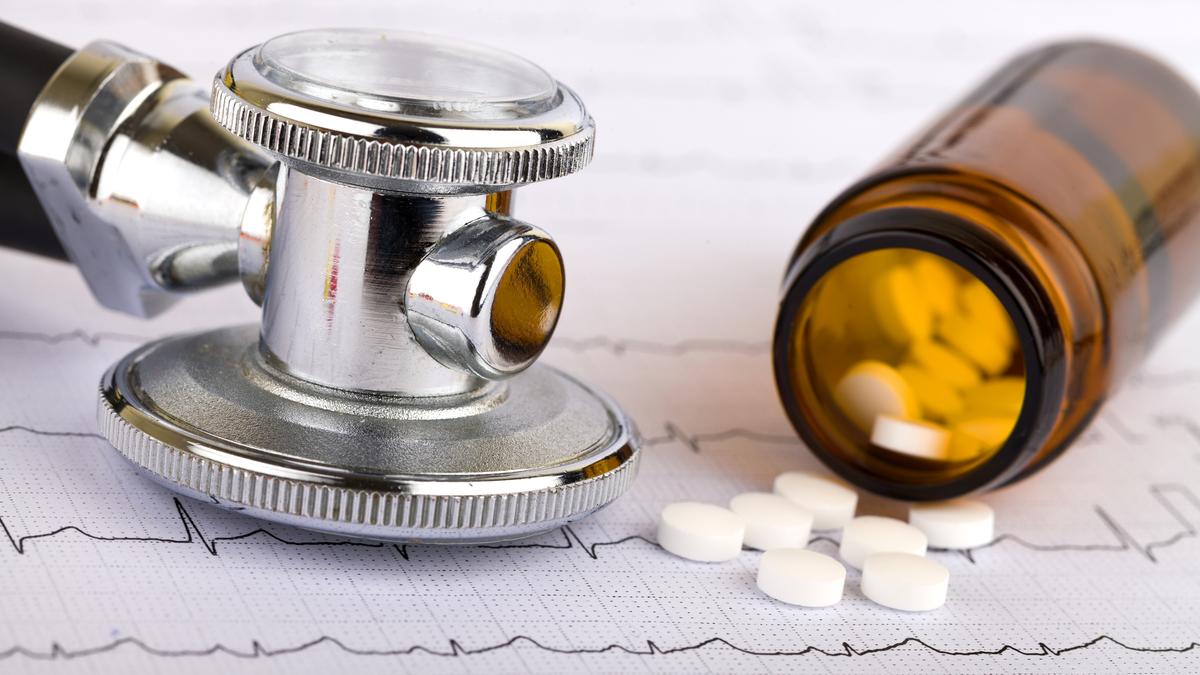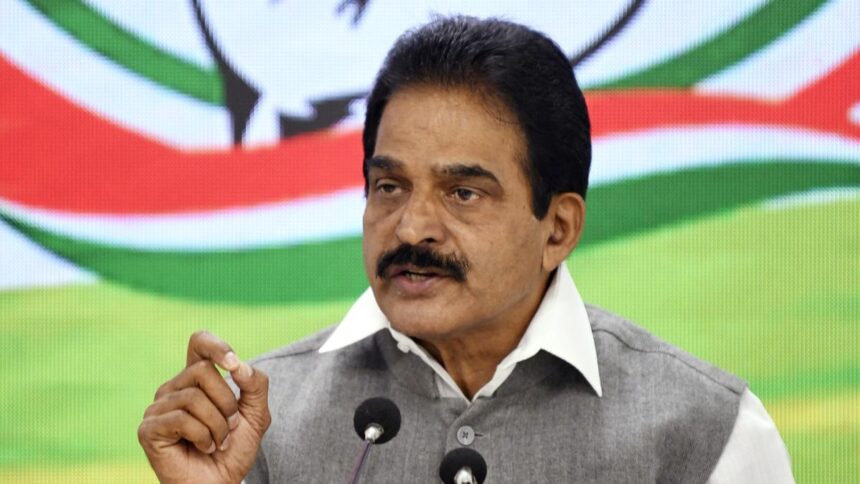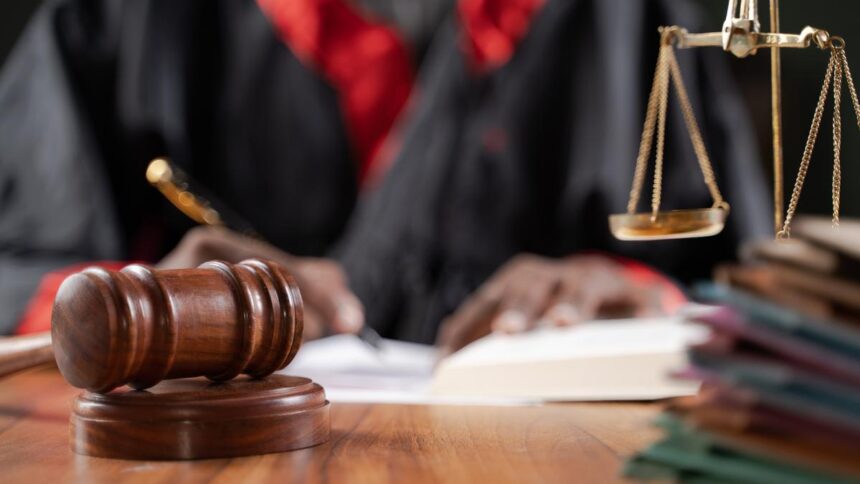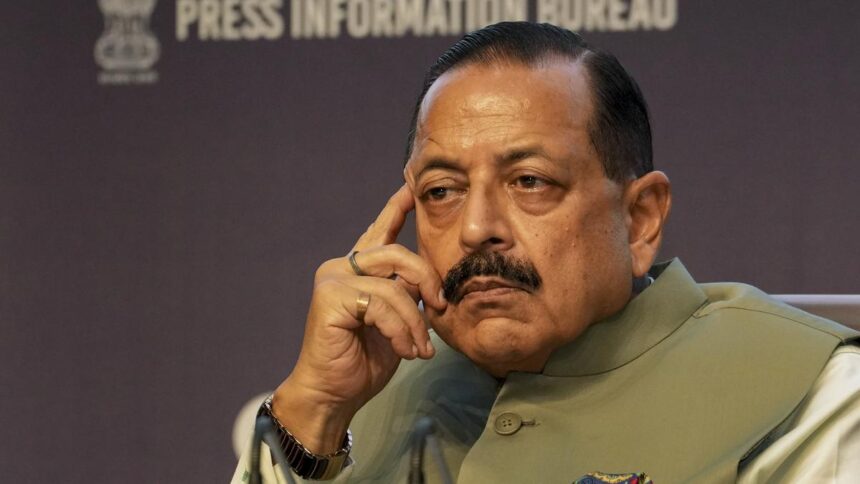
Image used for representational purposes.
| Photo Credit: Getty Images/iStockphoto
With evidence lacking thus far for guiding optimal combination hypertension therapy in South Asian patients, a recent study has recommended half doses of two drugs in a single pill combination right from the start of treatment for hypertension.
The paper, ‘Comparison of dual therapies for hypertension treatment in India’, published in the journal Nature Medicine, investigated the blood pressure (BP)-lowering efficacy and safety of three commonly-recommended antihypertensive combinations in a single pill in a multi-centre trial across 32 sites in India. Nearly 2,000 adults with uncontrolled or untreated hypertension were studied, and interventions included three single-pill dual combinations: Amlodipine + Perindopril, Perindopril + Indapamide and Amlodipine + Indapamide.
All three combinations, in patients aged 30–79, delivered equivalent BP reductions and similar rates of BP control, researchers said. All combinations were equally safe and effective with high tolerability over six months, they wrote in the paper.
“It must be noted that we are not recommending a multi-drug regimen. Polypharmacy will only lead to discontinuation of treatment,” says Prabhakaran Dorairaj, principal investigator of the study, from the Centre for Chronic Disease Control, New Delhi. “What we are recommending is to start with half doses of two drugs in a single pill combination. If BP control does not happen, then it is important to titrate to full doses. Despite this, if BP continues to be higher than 140/90, then additional drugs are to be added,” he explains.
“It is really astounding that we have been basing treatment on Western guidelines, so far,” Dr. Prabhakaran adds. This study tests the global guidelines for hypertension treatment among patients in India, since these combinations are already available here. These drugs work through multiple pathways and are synergistic, with low side effects, he says.
“Many physicians, even cardiologists, think that they should start with a low dose and then keep escalating it,” says Nagendra Boopathy, co-author and interventional cardiologist, Sri Ramachandra Medical Centre, Chennai. “Even patients are reluctant to start on drugs, but these combinations we have tested are really effective in bringing down BP, and the side effects are minor,” he adds. The side effects observed during the trial included cough, swelling of feet and lower potassium in some subgroups, and not statistically significant.
Dr. Prabhakaran adds, “The biggest problem in India is poor control of hypertension. Only around 20% of individuals with hypertension are treated to target in urban areas, and it is even lower in rural areas. It is estimated that a 10 mm reduction in BP among people with hypertension can prevent 40% of strokes. A vibrant pharmaceutical industry, which makes these single combinations and pooled procurement via the public health system, should help drive down prices, making this a key strategy in the battle against hypertension.”
Published – July 26, 2025 11:28 pm IST



















